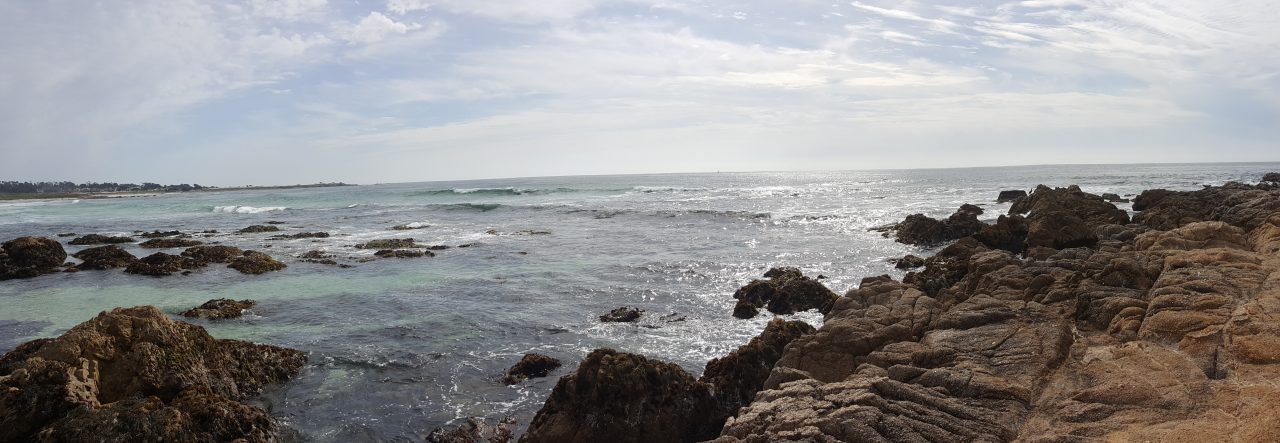Epiphanes senta is a relatively large rotifer (visible to the naked eye), probably around 300-500 microns in length on average, that I think is the dominant species living in the puddles along the street outside my high school. Here is one of my favorite pictures of this species:

Its defining characteristics to me include its generally slender profile (although it can contract and become fatter), conical tapering shape, and distinctive taller tufts of cilia on its mouth (typically three), which it uses to generate current to help it swim and collect the bacteria and algae it eats. This species also has a fairly large mastax (jaw).

Epiphanes senta was first described a good while back – in a book called Vermium terrestrium et fluviatilium, seu animalium infusorium, helminthicorum et testaceorum, non marinorum, succincta historia written by the Danish biologist Otto Friedrich Müller in 1773. A contemporary of Linnaeus, a lot of his work was microbiological; he helped pioneer the discovery and classification of many species of worms, the algal taxa diatoms and dinoflagellates, and the “infusoria” (a general term referring to most microscopic pond life; compare animalcule) using the then newly-developed binomial nomenclature system to name his discoveries. As microbial ecology continued to develop as a field, E. senta was observed and recorded from around the world, becoming known to scientists as a cosmopolitan species. By 1997, papers had been published documenting its presence in every continent, including Antarctica. However, ten years later, a study by Schröder and Walsh examined populations of E. senta collected in floodplains in Germany, deserts in Texas, and lakes in the mountains of Hawai’i, using a variety of tests such as DNA sequencing, interbreeding experiments and electron microscopy to conclude that the taxon Epiphanes senta did, in fact, consist of more than one species which appeared too similar to the (normal microscopic) eye to differentiate. Whether or not Epiphanes senta is global in distribution remains to be seen, but that study concluded by describing three new species, suggesting that other populations around the world may simply be close lookalikes and not one species.
As I currently am not able to identify exactly which species this rotifer is (whether E. senta proper or a close relative), I’ll simply refer to it as E. senta for now. What’s interesting, however, is that I do have all of the equipment and other materials necessary to do DNA-based identification of this species. When I recollect puddle water samples, perhaps I’ll try to culture some of these (rear them in captivity) or preserve some for DNA work, as a pet project or something like that. Perhaps this could be a new species!

Like this population, which lives in a temporarily-submerged aquatic habitat, other populations and species in the E. senta complex (such as E. chihuahuaensis described in Schröder and Walsh 2007) have been found in ephemeral habitats which dry up and refill periodically with rainfall, typically emerging a few days after the pool fills. It has been noted too that populations of E. senta in permanent bodies of water also have temporary peaks as well as long seasonal absences from the microfauna. This may have to do with the availability of food – this species is commonly associated with eutrophic (nutrient-rich and often consequently algae- and bacteria-rich) waters, so it may choose not to compete past the spring and summer months, when food becomes scarcer, and lie dormant in the water before emerging again next year.
So, that’s a basic profile on Epiphanes senta. In my next post, I will cover another rotifer from the school puddles. Stay tuned.
Works cited:
Gilman, D. C.; Peck, H. T.; Colby, F. M., eds. (1905). “Müller, Otho Friederik”. New International Encyclopedia (1st ed.). New York: Dodd, Mead.
Ripley, George; Dana, Charles A., eds. (1879). “Müller, Otto Frederik”. The American Cyclopædia.
Schroder, Thomas, & Walsh, Elizabeth J. (2007). Cryptic speciation in the cosmopolitan Epiphanes senta complex (Monogononta, Rotifera) with the description of new species. Hydrobiologia, 593(1), 129-140.
Spärck, R.(1932) “Otto Friedrich Müller” in: Meisen, V. Prominent Danish Scientists through the Ages. University Library of Copenhagen 450th Anniversary. Copenhagen: Levin & Munksgaard, pp. 60–64.
